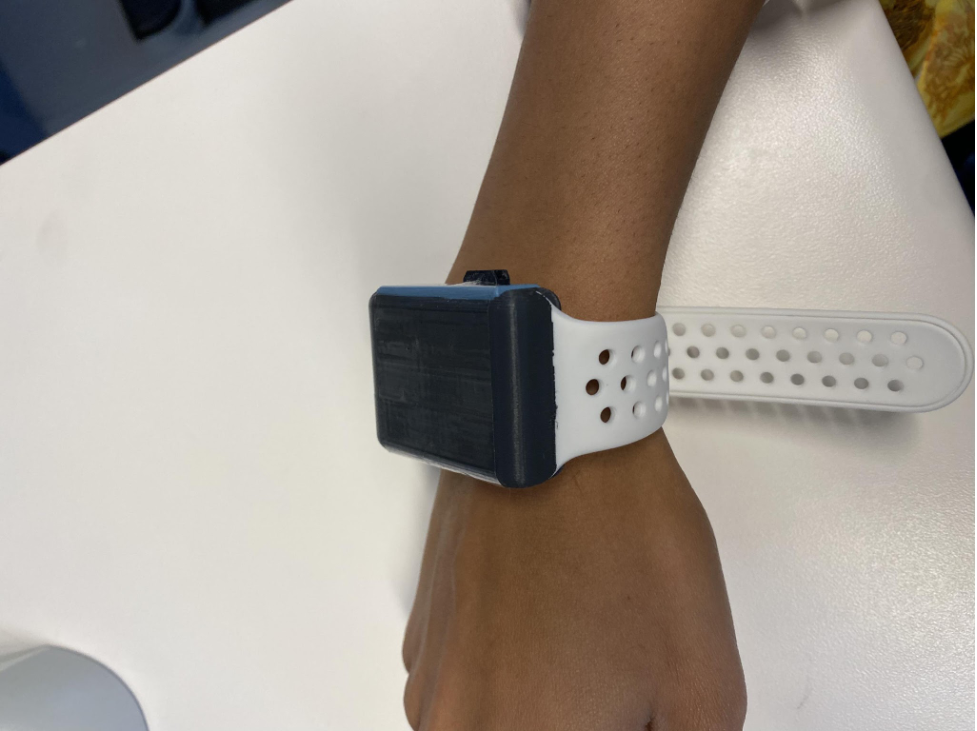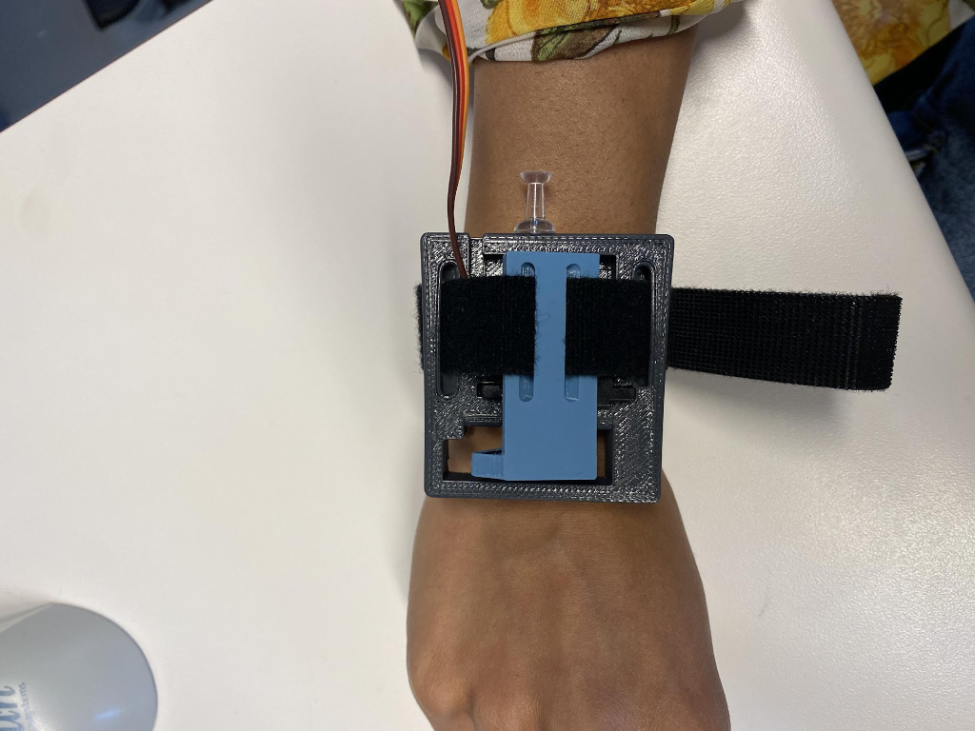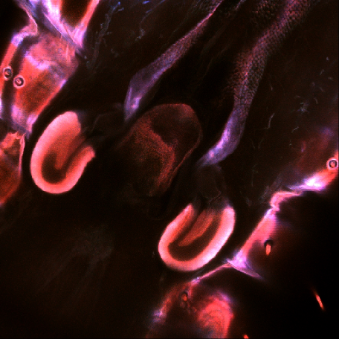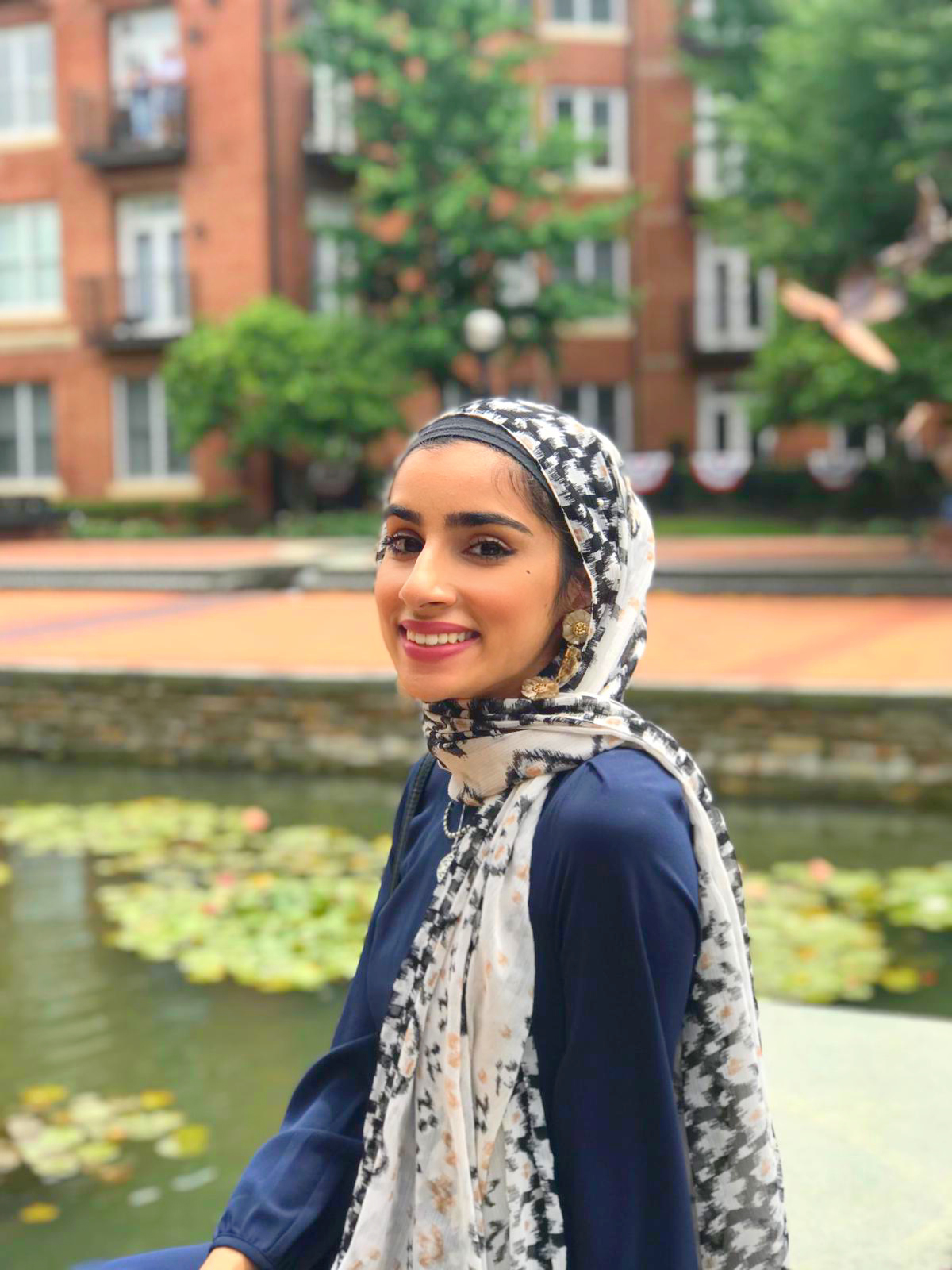Research
Haptics and Sensors Projects
Towards a ROS-based Modular Multi-Modality Haptic Feedback System for Robotic Minimally Invasive Surgery Training Assessments
I helped create a bimanual haptic feedback device to assist novice surgeons on the Intuitive Surgical da Vinci surgical robot. I developed Python code to collect and process force and acceleration data from sensors on the robot, and I remapped these signals to control wrist-squeezing and vibrotactile motors on the haptic feedback device. Furthermore, I ran user studies to test the effectiveness of these modalities with novice users.


Multi-Axis FBG-Based Tactile Sensor for Gripping in Space
I developed a fiber Bragg grating (FBG) sensor to improve grasping and alignment capabilities of teleoperated free-flying robots at the International Space Station (ISS). FBGs measure strain fiber-optically and, in the grasping task, inform the robot’s controller of the forces exerted on the object or environment. I used finite element analysis to analyze the current strain applied to the optical fibers of the sensor design previously developed at BDML. From these results, I iterated upon the design until I successfully increased the strain on the optic fibers, resulting in improved sensitivity (without damaging the structure) and enhanced grasping abilities of the robot. My final design was successfully incorporated in the Astrobee Free Flyer (AFF) robot at the ISS; the AFF currently assists astronauts with time-consuming or dangerous tasks in and on the station.
Medical Device Development
DynaRing: A Patient-Specific Mitral Annuloplasty Ring With Selective Stiffness Segments
I developed a system to test the durability of a new mitral valve ring design that lasts significantly longer than currently available rings; this work was especially meaningful to me because a longer-lasting ring meant that patients did not have to replace their ring as often, thus offering a more affordable and accessible intervention.
Work on Accessible Technology
I’m ok because I’m alive” understanding socio-cultural accessibility barriers for refugees with disabilities in the US
I wanted to understand the perspectives of refugees with disabilities on social-cultural barriers that effect their access to medical care. With this goal, I interviewed community leaders that worked directly with refugees to gain insight on these barrier. I conducted thematic analysis to extract themes on barriers that prevent refugees from accessing the care they need.
Structural accessibility barriers and service gaps facing refugees with disabilities in the United States
I wanted to understand the perspectives of refugees with disabilities on service-gaps (especially between refugees and healthcare providers) that effect their access to medical care. With this goal, I interviewed community leaders that worked directly with refugees to gain insight on these barrier. I conducted thematic analysis to extract themes on barriers that prevent refugees from accessing the care they need.
Fear is Grounded in Reality”: The Impact of the COVID-19 Pandemic on Refugees’ Access to Health and Accessibility Resources in the United States
With the hardships that hit the US with COVID-19, I wanted to understand the perspectives of refugees with disabilities on the effects of COVID-19 on their access to medical care. With this goal, I interviewed community leaders that worked directly with refugees to gain insight on these barrier. I conducted thematic analysis to extract themes on barriers that prevent refugees from accessing the care they need during COVID-19.
3D Modeling
Three-dimensional Visualization of Harvestman Spermathecae using Confocal Microscopy
I used confocal microscopy to develop a non-invasive imaging and 3D-reconstruction method for the sperm storage organ of female arachnids; I developed the first-ever noninvasive imaging method for arachnids and created the first 3D images of their sperm storage organs.
 |
